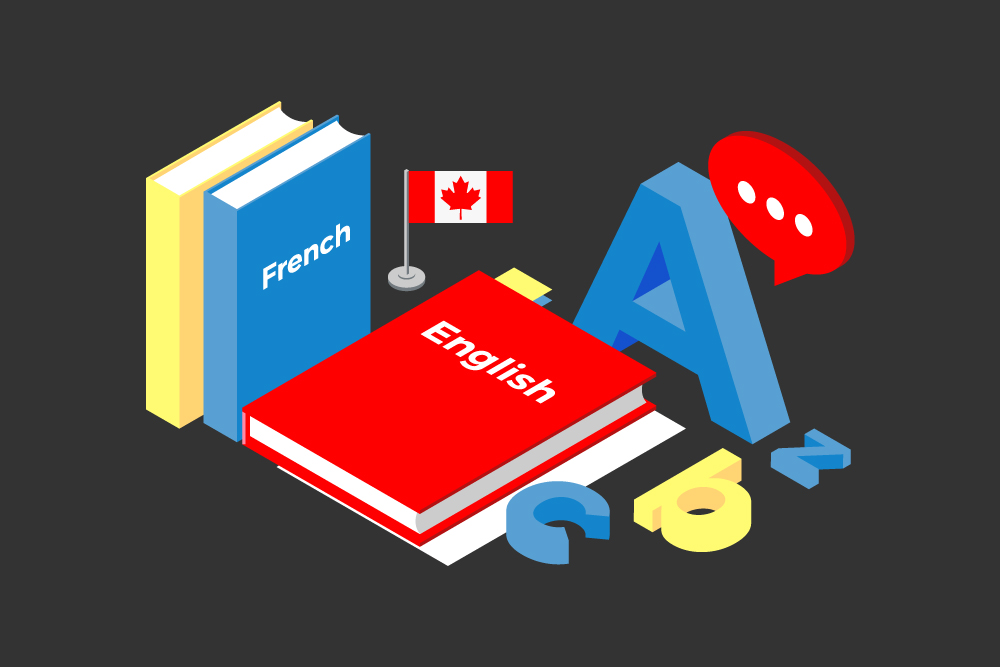
It has been nearly three months since I began my tenure as managing editor of The Editors’ Weekly, and I realized that I haven’t properly introduced myself yet to the readership. For shame! In today’s post, I will give a brief overview of the area of editing where I spend the vast majority of my time — revising translations from French into English — which has its own set of rules and conventions.
I came to translation and editing in a rather roundabout way, as all throughout university — from my undergraduate years to my PhD program — I dedicated all my efforts to French and linguistics, with the sole aim of teaching and doing research in my field. When I finished my program in 2014, I began working as a freelance translator and proofreader, as I had already done this kind of work during my graduate programs, and it allowed me to apply the knowledge I had acquired over the years.
When I began working at my current employer in 2016, I took over the role of “revisor” for the English team. While the role of a revisor varies depending on who you ask, this generally refers to someone who ensures that the English translation (the “target text”) accurately reflects the French original (the “source text”): the meaning has been conveyed accurately, nothing has been added or omitted and, perhaps the most challenging part, the target text reads as if it were written in that language to begin with. In other words, readers should never feel like they are reading a translation. Piece of cake, right?
Using the categories defined by Editors Canada, then, revising a translation consists primarily of stylistic editing combined with some (minimal) copy editing and proofreading. To fulfill the requirement of producing a translation that doesn’t read like one, translators and revisors need to carefully write and rewrite sentences, expressions and even single words to minimize — if not outright excise — influence from the source language. Stick too closely to the syntax of the source language (a common mistake among junior translators), and you end up with a sentence that is technically in English, but is not one that any native speaker would ever say or write. But stray too far from the source in an attempt to be idiomatic, and you run the risk of adding or omitting vital information, or worse: changing the author’s intended meaning.
Due to the nature of this kind of work — you always have access to a source text, which is organized in a specific way — the opportunities or need to do any kind of structural editing are virtually nil. While some sentences can be rearranged to make them flow better (which would still fall under stylistic editing), moving paragraphs around in the text would stray too far from the source. This can be especially challenging when the source text simply isn’t written or organized well, which comes up more often than one might think.
As I have been going through preparation materials for the Editors Canada certification exams over the past two years, another major difference I have noted between revision and more traditional editing is the near absence of querying, because the author of the source text is often many steps removed from the process at this point. Should there be any mistakes in the source text — times, dates, names or even factual information — and if the intended meaning is obvious, the revisor can often make that change, but should always indicate any changes made in a brief note or email to the client. When it comes to legal or quasi-legal documents, however, the presumed mistake must be left alone and flagged for the client to handle, as multiple levels of approvals may be needed to make a change.
I hope this brief introduction to my little corner of the editing world has shed some light on how the constraints of the translation process dictate what can be done during the editing stage. In future posts, there are a few more special cases that are worthy of examination.
___
The Editors’ Weekly is the official blog of Editors Canada. Contact us.
Discover more from The Editors' Weekly
Subscribe to get the latest posts sent to your email.
